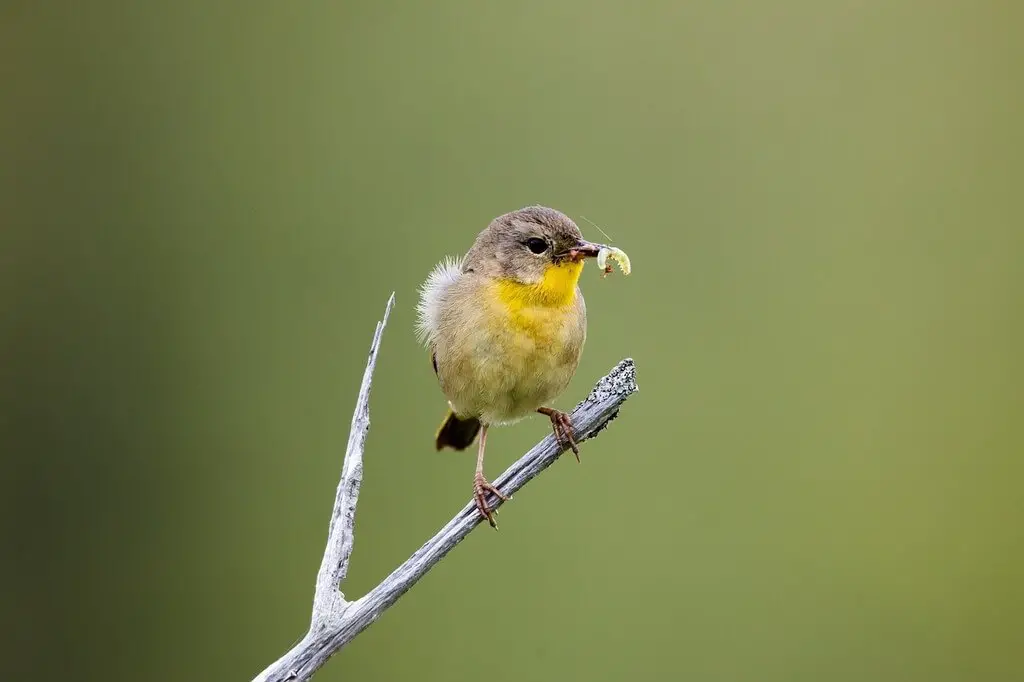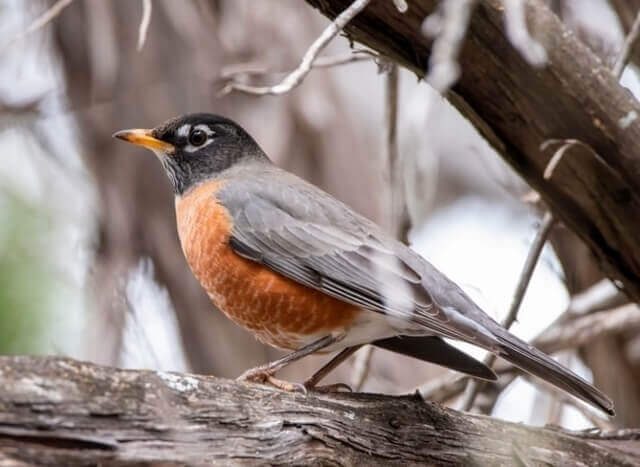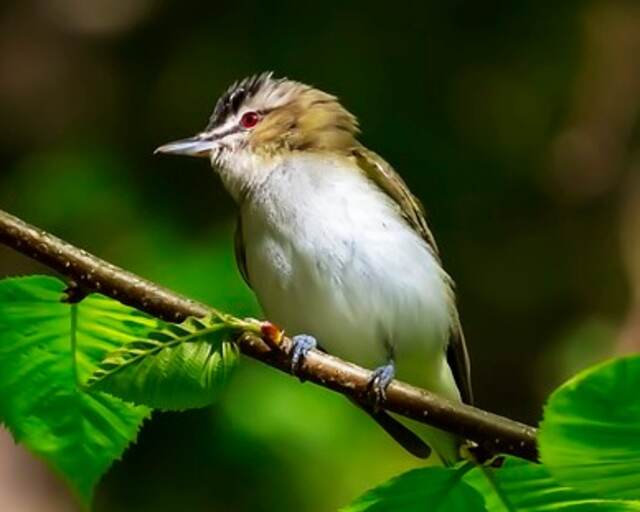Have you ever pondered the question: Do birds eat caterpillars? The answer is a resounding yes, but it’s important to note that this dietary preference varies among bird species. Caterpillars hold special significance in the survival of certain birds, owing to their rich protein and nutrient content. These elements play a crucial role in nurturing young birds, aiding in the development of robust feathers and vital body structures.
Table of Contents
Key Takeaways
- Caterpillar Consumption: Many bird species, such as warblers, sparrows, and chickadees, include caterpillars as a significant part of their diet.
- Nutrient-Rich Diet: Caterpillars provide birds with essential nutrients like protein and fat, making them a valuable food source, especially during nesting seasons.
- Avian Foraging Strategies: Birds employ various techniques, including gleaning, probing, and hovering, to capture caterpillars from leaves, bark, or in mid-air.
- Ecosystem Balance: Birds’ consumption of caterpillars helps regulate insect populations, contributing to a balanced and healthy ecosystem.
- Impact on Gardens: While some caterpillars can be pests for plants, birds’ appetite for them can help control these populations naturally.
- Nurturing Bird-Friendly Spaces: Creating gardens with native plants that host caterpillars can attract caterpillar-eating birds, enhancing biodiversity and enjoyment for birdwatchers.

Do Birds Eat Caterpillars?
Yes, birds do eat caterpillars. Caterpillars are an important source of protein and nutrients for some bird species, especially for young birds that need them to build strong feathers and body parts. Caterpillars are a crucial part of the food chain for birds, and different types of birds prey on different types of caterpillars.
About Caterpillars
Caterpillars are butterflies and moths that are in the larval stage. They can be found all over the world, but their numbers fluctuate based on seasonal weather patterns. The stages before pupation are called an egg, a larva or caterpillar, a pupa or chrysalis, and an adult butterfly or moth.
Caterpillars are High Protein
In a study of caterpillars and birds, it was found that these insects are an important source of protein for many species. Birds can’t get all the protein they need from plants alone, so caterpillars offer them an excellent and readily available food source.
Birds will feed on various parts of a caterpillar: the head, thorax, abdomen and prolegs (rear legs). The bird will often tear off pieces from these body parts to swallow them whole or regurgitate them later to be chewed up more thoroughly.
Important Part of a Bird’s Diet
Caterpillars are high protein for wild birds. This is because they have lots of amino acids, which the body needs to build proteins and stay healthy. Caterpillars are also high in fat and energy density (calories per gram). These make them a good choice when other food sources are scarce or less nutritious.
They have a protein content that is higher than any other insect food, and it also contains more calcium, phosphorus, potassium and magnesium. Most insect-eating species have adapted to take advantage of the seasonal abundance of caterpillars in spring when they hatch.
Types of Bird’s That Eat Caterpillars
Chickadee
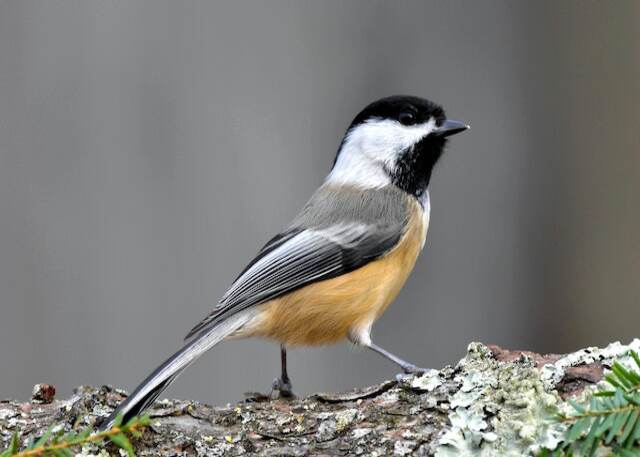
Chickadees like to eat insects such as caterpillars and flies. They often feed on these bugs because they provide protein for the chickadee’s diet. Caterpillars also offer other benefits such as carotenoids which help make the feathers of a chickadee shiny and colorful. Chickadees can be seen eating caterpillars while perched on branches or tree trunks during springtime.
Northern Flicker
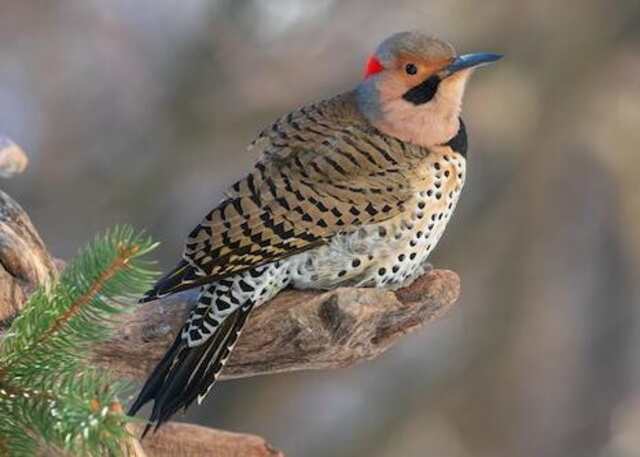
Northern Flickers enjoy a feast of caterpillars. They have a diet of insects, seeds and fruit, but love to eat the larvae of moths and butterflies. Northern Flickers are known for their interesting eating habits, with some studies suggesting that they prefer larval stages of other insects over adult stages.
Sparrow
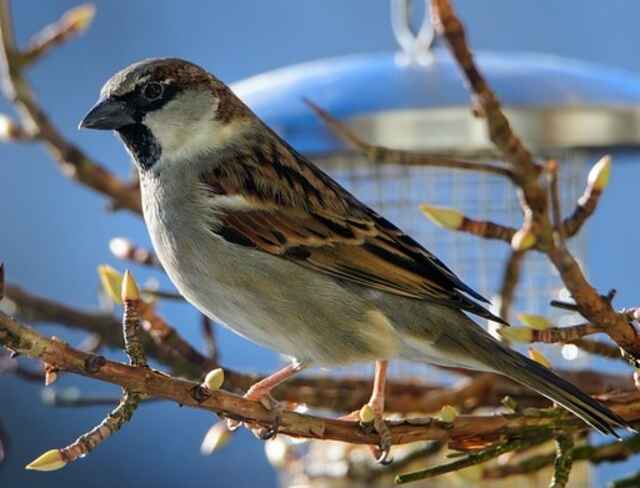
Sparrows will eat caterpillars. Sparrows are birds that have the ability to see really well, and can easily identify a potential meal. They also have an amazing sense of smell, which helps them find food even when it is hidden in dense foliage or on the ground. They will eat almost anything they can find including crickets, beetles, ants and moths. Sparrows are not picky about what they eat!
Warbler
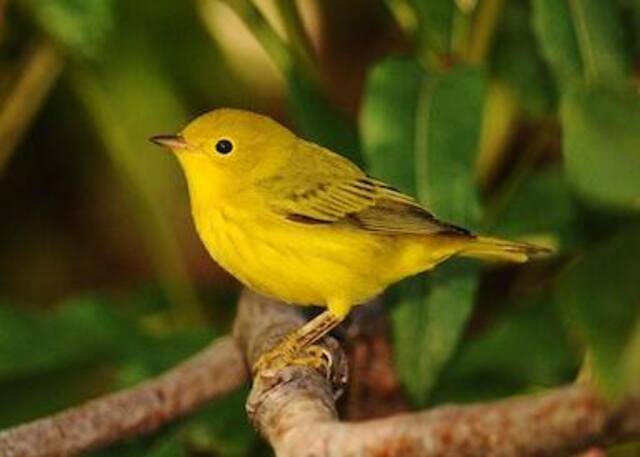
Warblers are small songbirds and their diet includes a variety of foods like insects, fruit, and seeds. Caterpillars make up a large part of their diet in the summer months, when they can be found crawling around on leaves or hanging from branches looking for something to eat.
Wren
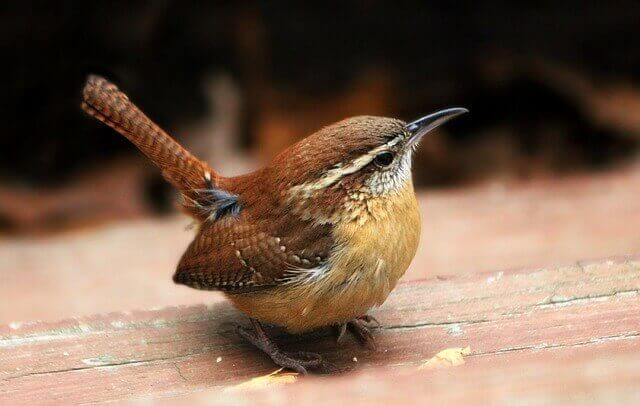
Wrens are songbirds that have a special taste for caterpillars. Wrens love to eat Caterpillars. They often wait in trees and bushes near the ground, scanning the area for any sign of these insects on the ground below them. When they spot one, they fly down to catch it with their long beaks and take it back up into the tree to eat it there, where they feel safe from predators such as cats or squirrels.
Bluebird
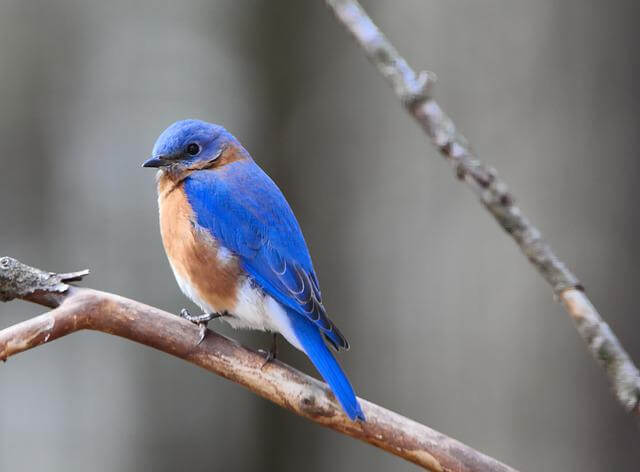
Bluebirds are often thought of as the bird that doesn’t eat anything but bugs. But what about caterpillars? Bluebirds will consume a variety of insects, including caterpillars and other small invertebrates. Caterpillars have a high-calorie content and can be an important part of the diet for these birds during breeding season, and winter months when food is scarce.
Woodpecker
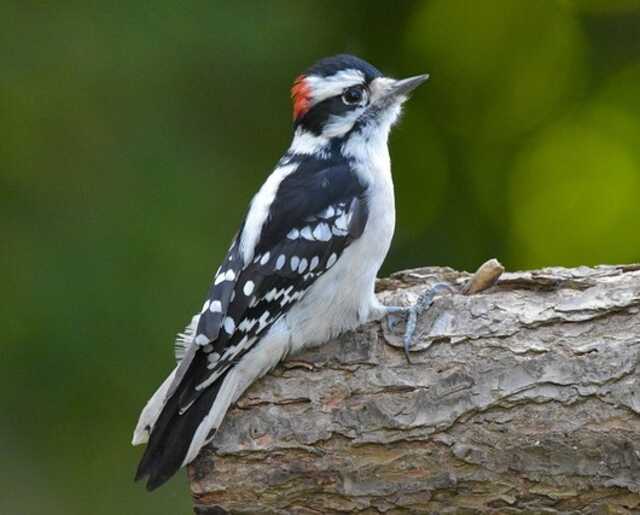
Woodpeckers are known for their skillful drilling, but they also have a taste for caterpillars. In fact, some woodpecker species feed almost exclusively on them. Woodpeckers rely heavily on caterpillars as food sources, and many of these birds were observed feeding their young by regurgitating insects found during nest excavation or while searching inside tree bark crevices. They use their long, sticky tongues to snatch them up and bring them back to their nests.
Robin
Caterpillars are one of the favorite foods for robins. These colorful, hairy creatures can be found on plants and trees all over North America. The robin is often seen perched on a branch or twig waiting for an unsuspecting caterpillar to cross its path. When it does, the bird swoops down and grabs it with its sharp bill before flying off to enjoy its meal in peace.
Swallow
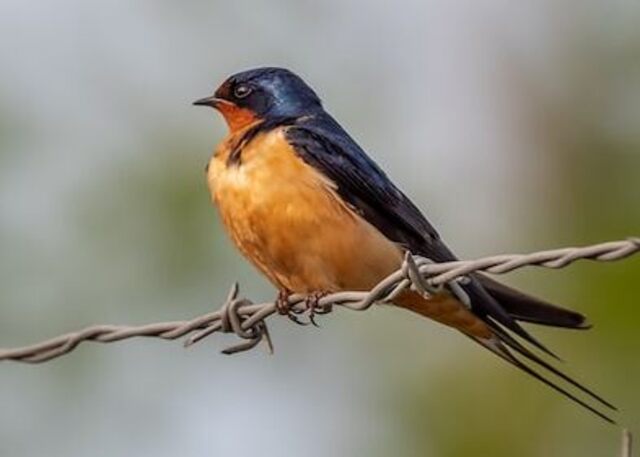
Caterpillars are a common food for swallows. Although they can eat insects, plants, and even small frogs or mice, caterpillars are often the most popular of foods. Swallows will often carry the caterpillar in their beak to their nest, or a location where it can be eaten more easily without risk of being disturbed by predators or other animals that might want to steal their meal.
Vireo
The vireo is one of the few species that does. They have been observed using their slender bills to extract caterpillar flesh from leaves and tree bark. These songbirds make for an interesting study in natural history, as they may be using this protein-rich food source to help with the nesting process. Sometimes they are attracted by smelly and conspicuous caterpillars such as the puss moth caterpillar or the cabbage looper.
Grosbeak

The Blue Grosbeak is a bird that can be found in the Americas. It has bright blue feathers and a long tail, much like a jay. In spring, these birds eat an abundance of caterpillars, which they usually find when they feed on flowers. Most of the time, Grosbeaks will even perch on top of plants to watch for their favorite food! When it comes to eating insects, though, Blue Grosbeaks eat caterpillars over grasshoppers or beetles.
Blue Jay

Blue Jays are not typically known for their affectionate nature. These birds of prey will often snatch small insects out of the air and take them back to their nest to feed their young. However, there is one thing that they seem to go crazy over: caterpillars! Caterpillars are a delicacy for Blue Jays. In the spring, when caterpillars are at their most abundant, blue jays can be seen chirping from one branch to another as they wait for one of these larvae to pass by.
Northern Cardinal
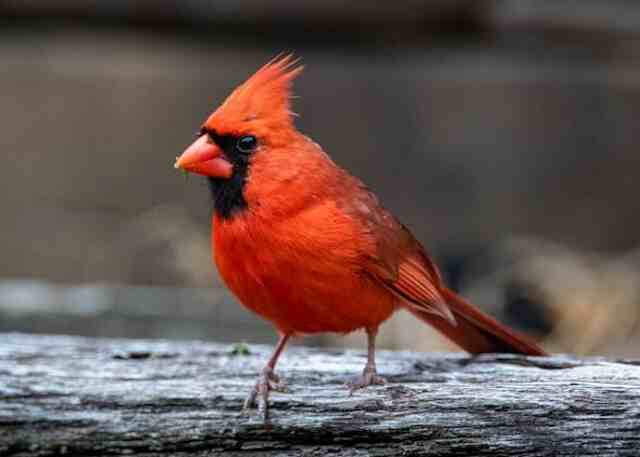
Northern Cardinals eat caterpillars. They will even take them to their nestlings to feed them. Caterpillars are a major food source for the birds during the breeding season, when they are often unable to find enough fruit and other items in nature. They also eat some small insects, but caterpillars make up about three-quarters of their diet during this time of year.
Titmice
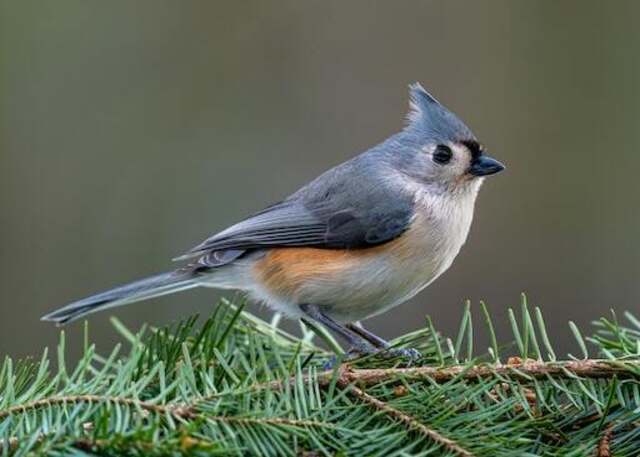
In the spring and summer, you may find a titmouse sitting on a branch, pecking away at an unfortunate caterpillar. Why do they eat these disgusting creatures? The answer is because they are in season! Caterpillars are just one of many seasonal delicacies for this species of bird. Titmice spend most of their time during the day looking for food to store in their nests or feed to their young. One of their favorite foods is caterpillars, which they like to eat for protein, fat, and calcium.
Frequently Asked Questions
Do wild birds eat Caterpillars?
Wild birds are known to eat caterpillars. Thes insects are a vital part of the food chain. Caterpillars will feed on plants and leaves, which will in turn provide food for other animals like birds. It is also believed that these bugs might even help control plant populations by eating all the vegetation in a certain area.
Will birds eat dead Caterpillars?
Birds will eat dead caterpillars, but only if they’re hungry. Birds are usually opportunistic feeders, which means that they may take advantage of an easy meal when it is available to them. They are attracted to the smell of decomposing flesh, and a few may actually scavenge on dead caterpillars for food.
How many Caterpillars do birds eat a day?
Caterpillars are one of the most common foods for birds. Studies have shown that a single bird may eat over 300 caterpillars in a day, averaging to about 1 per minute. They are so high in protein and other nutrients that they often serve as the sole food source for baby birds during their first days of life.
What Caterpillars are poisonous?
Caterpillars are usually not poisonous. There are, however, a few species of caterpillar that do contain toxins. These caterpillars include the puss moth, saddleback moth, automeris io moth, gypsy moth, buck moth, and flannel moth. They have toxic hairs on their body that release chemicals when touched or ingested by other creatures.
Do birds eat hairy Caterpillars?
It turns out that most birds prefer to avoid the more visually distinctive species of caterpillar, which tend to be either brightly colored or have some type of “hairy” quality about them. The hair on the caterpillar is thought to protect it from predators, and so most birds would rather eat something else instead of risking their health by eating one.
Do hawks eat Caterpillars?
The answer is yes; they do! Hawks primarily eat small animals such as mice, voles, squirrels and birds, but some species like the Swainson’s Hawk, and Red-tailed Hawk also have been known to feed on other insects like butterflies and even caterpillars.

